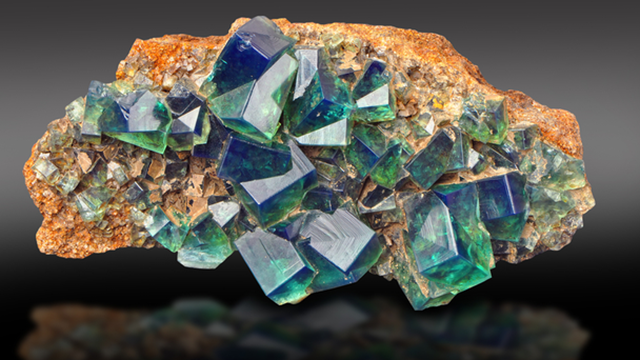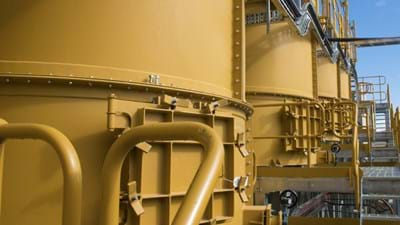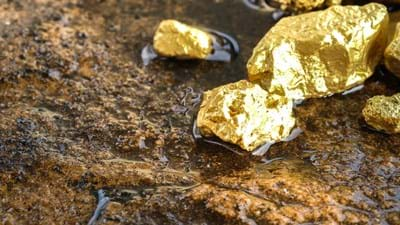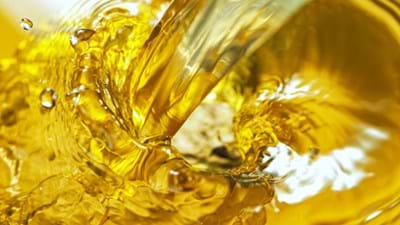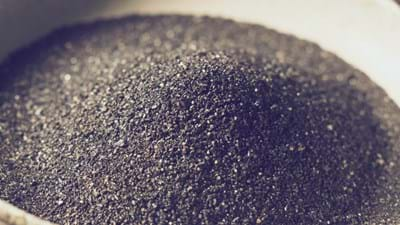Mineral processing is the art and technology of treating ores from mining areas in order to separate the valuable minerals from waste rock. It includes processes to provide a more concentrated material for the procedures of the following extractive metallurgy. The three main processes to increase the concentration of minerals are leaching, flotation and gravity concentration. Recently ore sorting by xrf-technology became increasingly relevant.
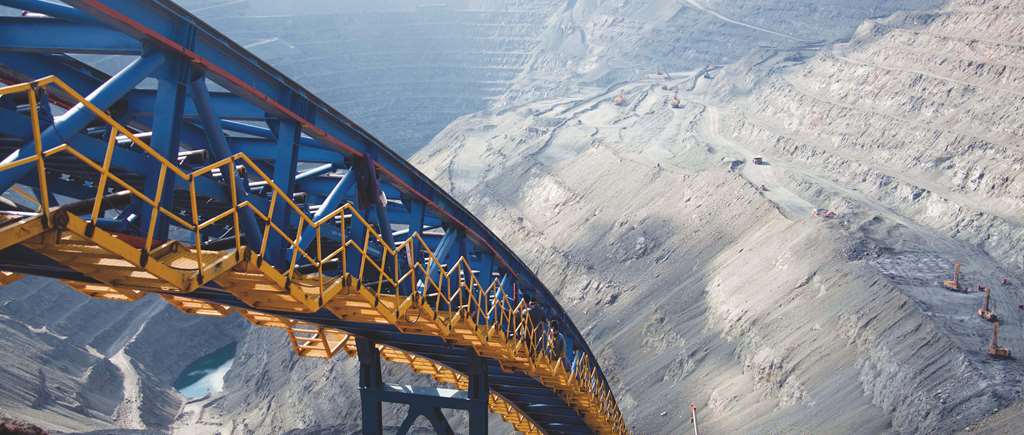
1. How do Biopolymer Depressants Function?
Pionera biopolymer depressants are added to the froth flotation process to maintain or produce hydrophilic surfaces on minerals so they will remain in the pulp rather than float with the froth. The biopolymers selectively depress gangue materials such as pyrite, clay, and talc through dispersion. Biopolymers adsorb onto gangue minerals preferentially over valuable minerals. Once adsorbed, the biopolymer’s presence inhibits collector adsorption on the gangue and reduces the magnitude of the galvanic interactions between the sulfide minerals. The adsorbed layer of biopolymer increases the hydrophilic character of gangue surfaces. Conceptually, biopolymers may increase the recovery and grade of value metals by increasing the effectiveness of collectors.
2. What problems are caused by clays in flotation?
Clay minerals present a widespread problem in the flotation of various minerals. Clay content can increase flotation slurry viscosity reducing flotation kinetics, slowing throughput and decrease metal grade and recovery.
Additionally, high viscosity and clay slime particles may adsorb onto the minerals' surfaces, reducing the efficiency of flotation reagents. Preferential adsorption of Pionera biopolymers onto the clay minerals prevents the coating of value mineral particles. This lack of slime coating increases the flotation reagent suite's efficacy and leads to increased recovery in flotation processes.
Read a case study about clay depression at a copper-gold mine
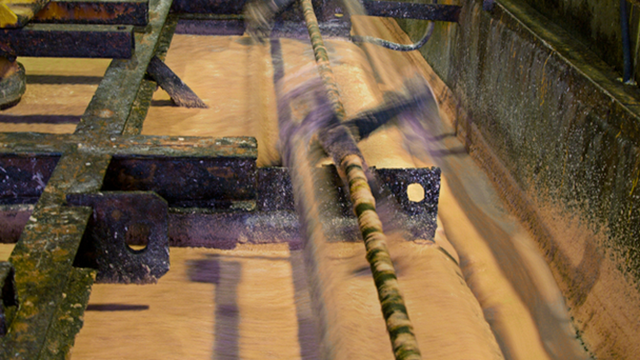
3. What is a flotation optimiser?
The effectiveness of a collector depends on the surface properties of the value and gangue minerals. Usually, the collectors are optimised to adsorb strongly to the value mineral surface to render them hydrophobic. Clay, other sulfide minerals and oxidation processes can change these surface properties and reduce adsorption. Pionera biopolymers disperse these blocking minerals and can make the reagents more effective, resulting in higher recovery.
Read a case study about optimising flotation circuit at a lead-zinc mine
In other cases, copper-ions are present in the flotation cell due to low-pH processing water or oxidation processes. Pionera products have complexing properties, avoiding the activation of gangue mineral surfaces with copper-ions and, consequently, the adsorption of the collector. Fewer gangue particles will float, resulting in better concentrate grades, specifically in cleaner stages.
Read a case study about depression of copper activated pyrite at a lead-zinc mine
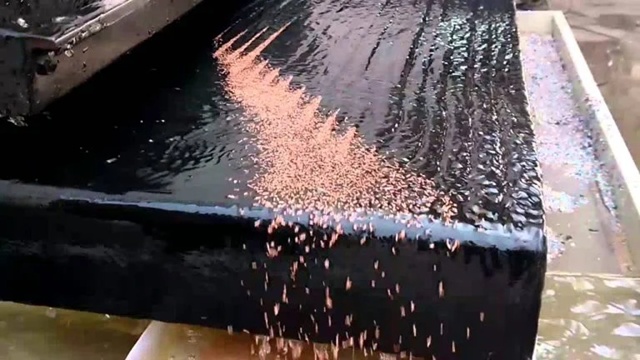
(Photo: Asa Guo, Foruimining)
4. How does a dispersant help with gravity concentration?
Plant data shows that the addition of Pionera Biopolymers can increase the effectivity of gravity concentration, being it shaking tables or more sophisticated Falcon concentrators. The exact mechanism how a lower viscosity improves gravity concentrates is still under investigation.
Read a case study about improving a gravity concentrator at a gold mine
5. Why is the dispersing of clays and other fine particles of advantage in a leach process?
Particles that coat the metal contained in the ore can prevent the dissolution of the metal by the lixiviant. Pionera products are modified natural polymers acting as dispersants to prevent the particles from coating the desired ore particles. Dispersing sulfur, clay, gypsum and other ultra-fine particles away from value mineral particles increases metal recoveries and can reduce leach times.
Read a case study about improving gold recovery in a CIL plant
6. What is the importance of oxygen in leaching?
Oxygen is critical to dissolving metals in the leach processes. Thick slurries can limit the amount of air and dissolved oxygen present for leaching. Dispersing these slurries can improve air and oxygen exchange, improving the leaching process.
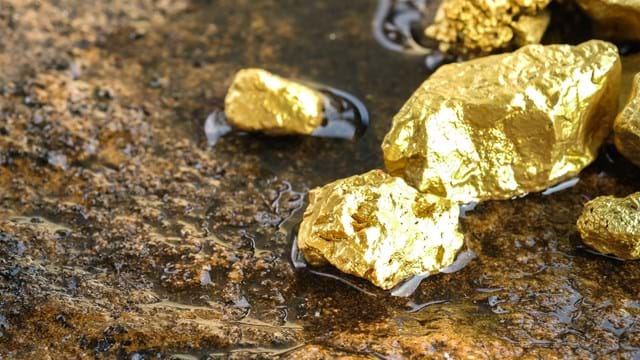

7. Why can viscosity reduction increase your bottom-line?
The viscosity reduction of a given ore slurry can allow an increase in solids content. This means the overall plant throughput is increased, which results in higher metal production over a given time.
Minimum capital expenditure is required. Hence, the additional metal production directly increases your bottom line.
Read a case study about improving gold recovery in a CIL plant
8. How does viscosity reduction allow for water savings?
Water is often used as a viscosity reducer. Besides lowering plant throughput, it also makes thickening processes less efficient. The water recovery can be incomplete, or water evaporates and gets lost from the circuit.
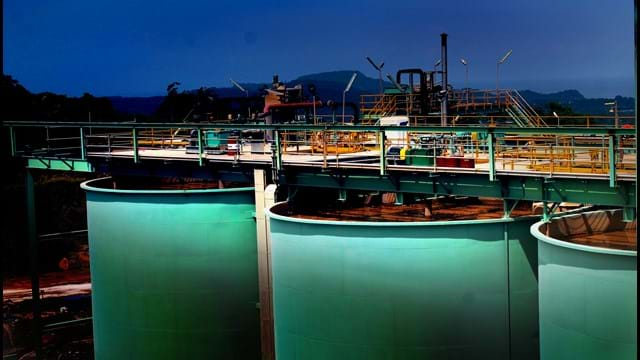
9. How does foam reduction help in leaching processes?
Pionera products can reduce foam caused by ultra-fine particles of ore, clays and organics in the leaching process. Foam build-up is reduced by making these particles less hydrophobic, reducing entrainment in the foam.

